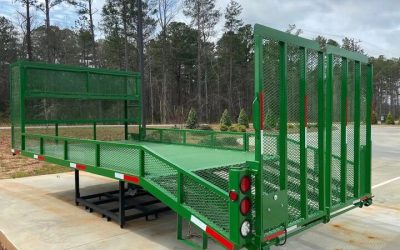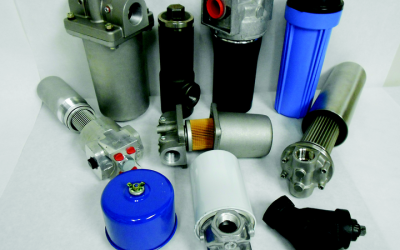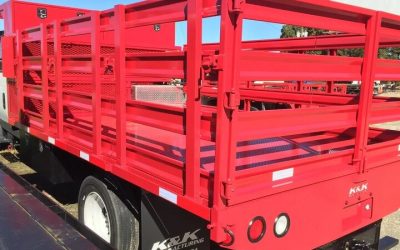A shuttle valve can be used to control the flow of a liquid or a gas. The choice of a pneumatic shuttle valve is for a system that is designed for air or gases. There are also shuttle valves use in hydraulic systems, and they operate under the same principles as the pneumatic types.
The Function of the Valve
The use of a pneumatic shuttle valve is to allow two possible inputs to provide a flow through a third opening in the valve. The basic design of a shuttle valve is an inlet port at both ends, with an outlet port in the middle.
Inside the body of the valve is a ball or other type of device that can move up and down the interior based on pressure from one of the inlets at the end. When the blocking device moves down the tube of the valve, it allows the gas to move through the middle outlet port. This also blocks any possible mixing from the gas from the other inlet port. The ball or disc moves back and forth, allowing for both inlets to operate to the outlet port, but only one at a time.
It is important to keep in mind that the design of the pneumatic shuttle valve is bi-directional. In other words, the inlet port can be the middle port, and either one or the other end ports can become the outlet.
In pneumatic systems, as well as for hydraulics, this allows the shuttle valve to control the functioning of the system by supplying the gas to the desired tool or device. They are often used to control standby systems such as generators or emergency power supplies, which makes them an essential component in many applications and industrial uses.



